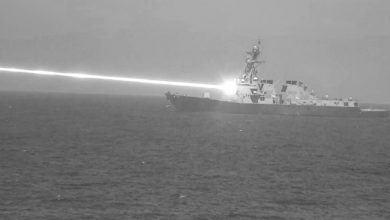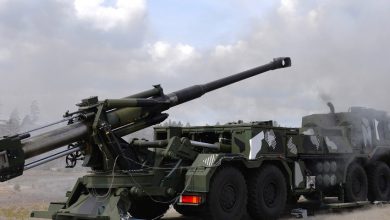NASA’s DART: Humanity’s first planetary defence system test

NASA’s DART (Double Asteroid Redirection Test) mission will be the first demonstration of a method that could be used to protect Earth from asteroids that could pose a threat to it in the future.
NASA’s DART (Double Asteroid Redirection Test) spacecraft is scheduled to crash into the asteroid Dimorphos at approximately 7.14 PM EDT on September 26 (4.44 AM IST on September 27). The mission will test a method that could be used to redirect asteroids that pose a threat to our planet. Using the impact of a massive object like a spacecraft to divert asteroids is called the “kinetic impact method” of asteroid impact avoidance.
The 160-metre-wide asteroid Dimorphos orbits the much larger asteroid Didymos, which is about 780 metres wide. After DART crashes into Dimorphos, it will ever so slightly change the way that it orbits Didymos. Telescopes on our planet and in space– including the Webb Telescope and Hubble– will be trained on this asteroid system to take measurements of the changes in the system.
“This is humanity’s first planetary defence test mission. This is the first time defence technology will be tested in a civilian mission. Also, we do not know the exact shape of the target or what it is made of. But we intend to understand its shape and composition based on the change in its orbit and based on the ejected material,” Robert Braun, head of the Johns Hopkins Applied Physics Laboratory’s (APL) Space Exploration Sector, said during a NASA press conference.
While Dimorphos poses no actual threat to Earth, scientists will compare the data from DART’s actual impact with the many computer-generated simulations they have already made. This will help ascertain whether the kinetic impact method will be effective as a mitigation strategy in the event of an actual asteroid threat.
The exact mass of Dimorphos is unknown but NASA estimates it to be five billion kilograms. DART weighs around 600 kilograms. According to NASA, this would be similar to crashing a golf cart into the great pyramid. “This is intended to be a small nudge that will slightly change the position of the asteroid. In the event of an actual predicted threat, this is something that we would do five, ten or twenty years in advance,” Nancy Chabot, DART coordination lead at NASA, said during the press conference.
The only instrument on board the DART spacecraft is DRACO, or Didymos Reconnaissance and Asteroid Camera for Optical navigation. The high-resolution camera will capture images of Didymos and Dimorphos while simultaneously supporting DART’s autonomous guidance system.
“During the last four hours, we will go into the terminal phase and we will make sure DRACO stays pointed at Didymos. At that point, it is all autonomous. DART will target Didymos till about 50 minutes before impact. It will manoeuvre by a quarter of a degree in terms of field of view to put itself on a course to Dimorphos,” said Evan Smith, deputy mission systems engineer for DART.
“That is a very ‘sweaty’ time for us. The spacecraft is so far away that it takes 38 seconds for one-way communication. It will be travelling at a speed of 6 kilometres per second. It is going at a speed that will cover the distance between DC and Philadelphia in about 40 seconds,” explained Smith.
Apart from the James Webb Telescope, the Hubble Telescope and various other space telescopes here on Earth, a satellite much closer to the vicinity of the asteroid system will also have its eyes trained on the impact. This is the CubeSat called LICIACube.
According to the Italian space agency Agenzia Spaziale Italiana, which built the CubeSat, LICIACube detached itself from DART on September 12 and has begun operating autonomously. The two cameras on board the CubeSat will transmit back images even after the DRACO can no longer do so.
But is there actually a chance of Earth being threatened by an asteroid impact in the near future? Thomas Zurbuchen, the associate administrator for the Science Mission Directorate at NASA explained the reasoning for such a mission. “We are not aware of a single object right now threatening the earth in the next 100 years. But I guarantee you that there will eventually be one. We can deduce that from the geological records of our planet and even data from the Moon. We want to test the technology now so that it is ready in case we ever need it,” he said.
“This test will not affect the asteroid system in any way that it could become a threat to the Earth. That is not scientifically possible,” added Zurbuchen, in response to a reporter who asked whether the test could potentially cause a threat to the Earth.
Apart from helping test an asteroid mitigation strategy, the DART mission will also test technologies like the DRACO camera and an advanced version of NASA’s compact Roll-Out Solar Arrays (ROSA). The successful demonstration of these technologies will make them important tools in the “toolbox” for future space exploration.





